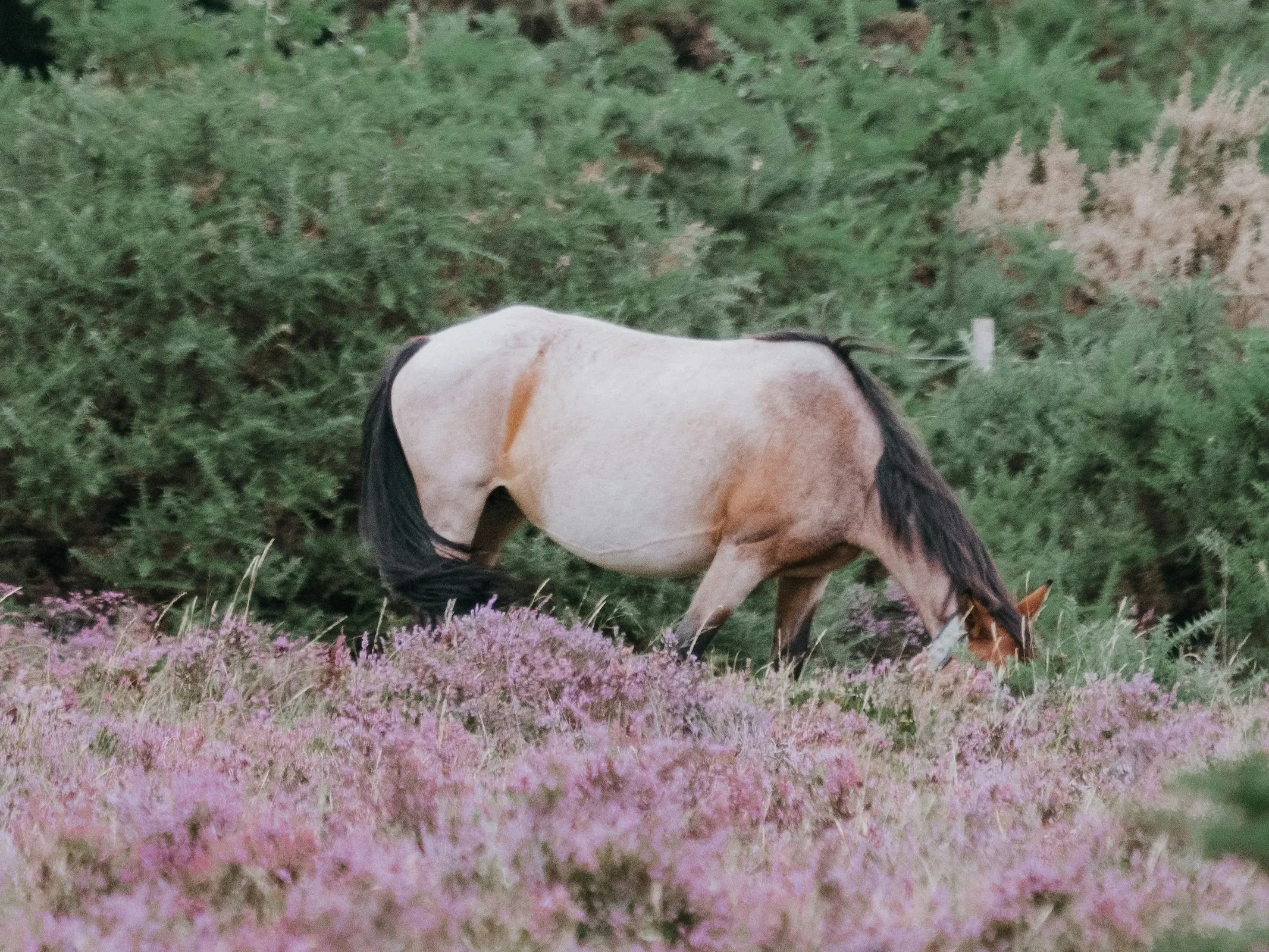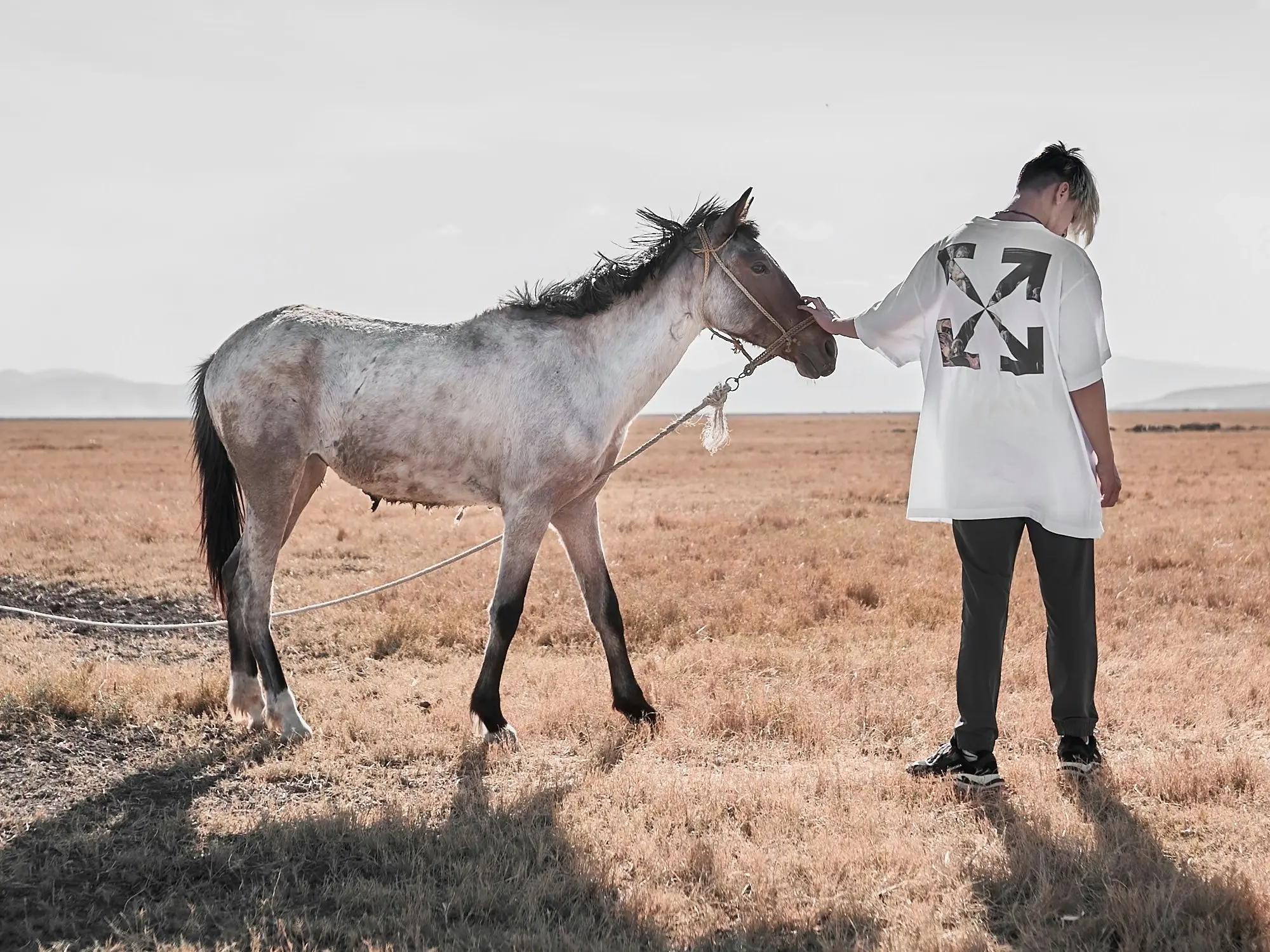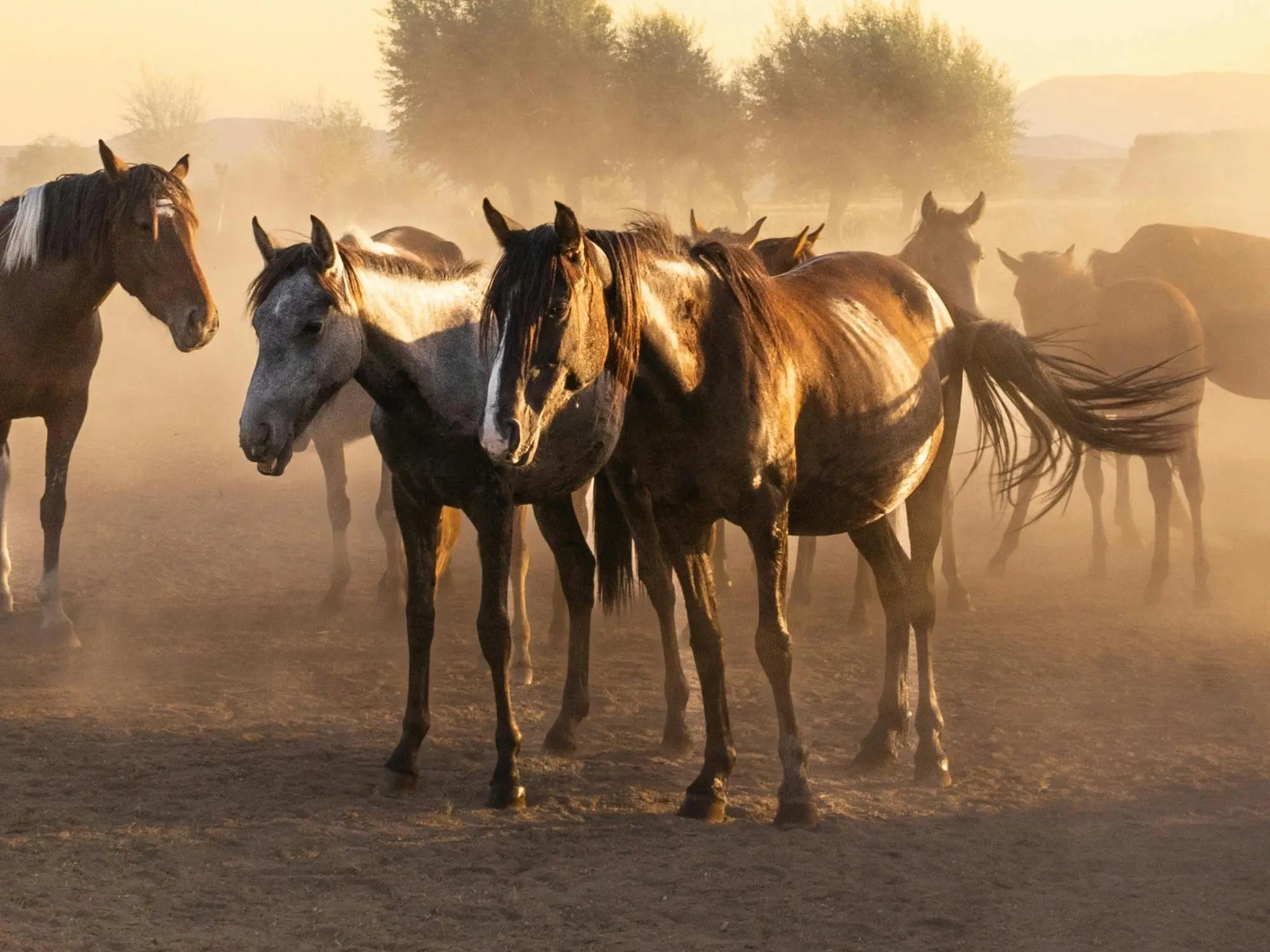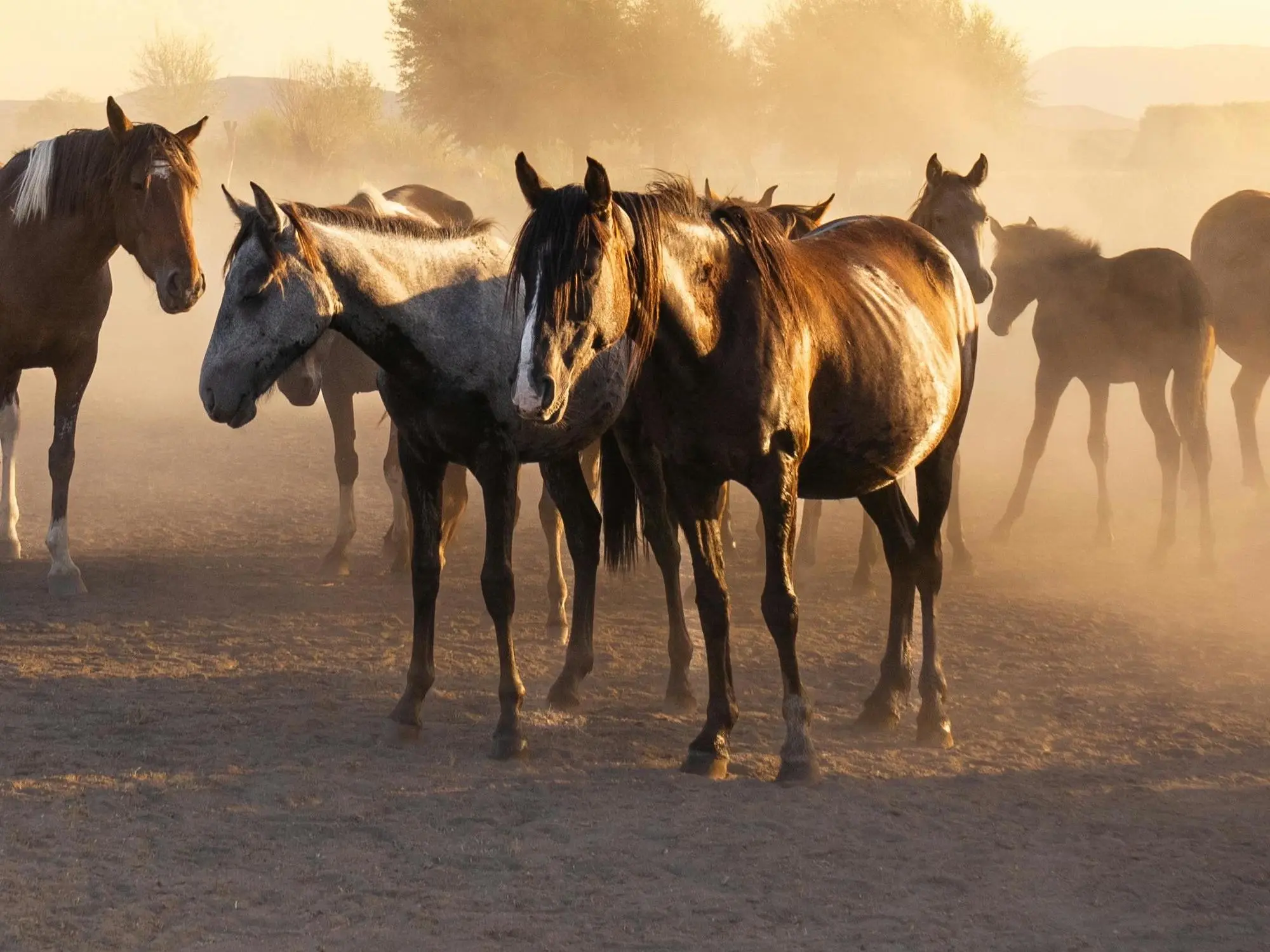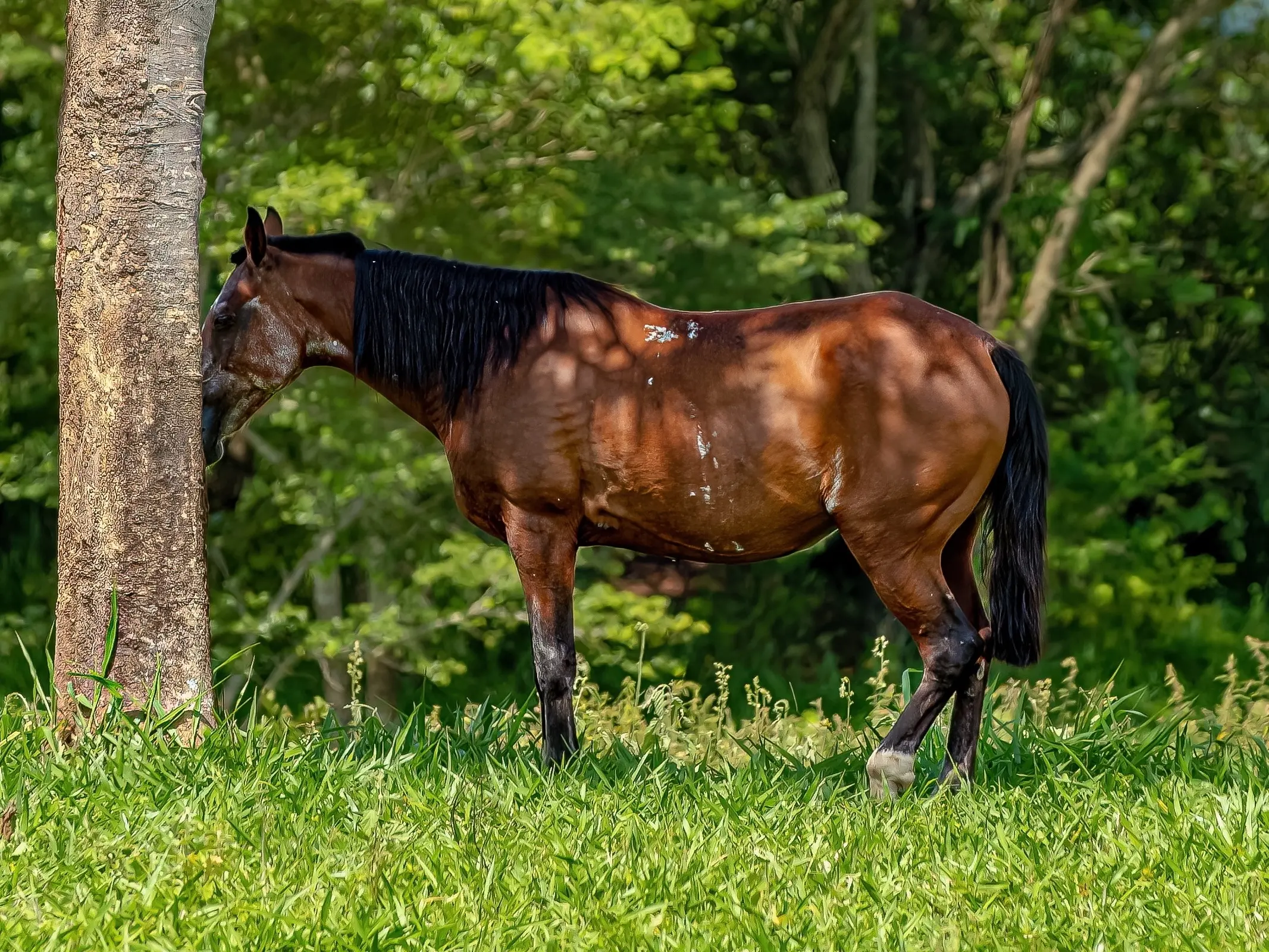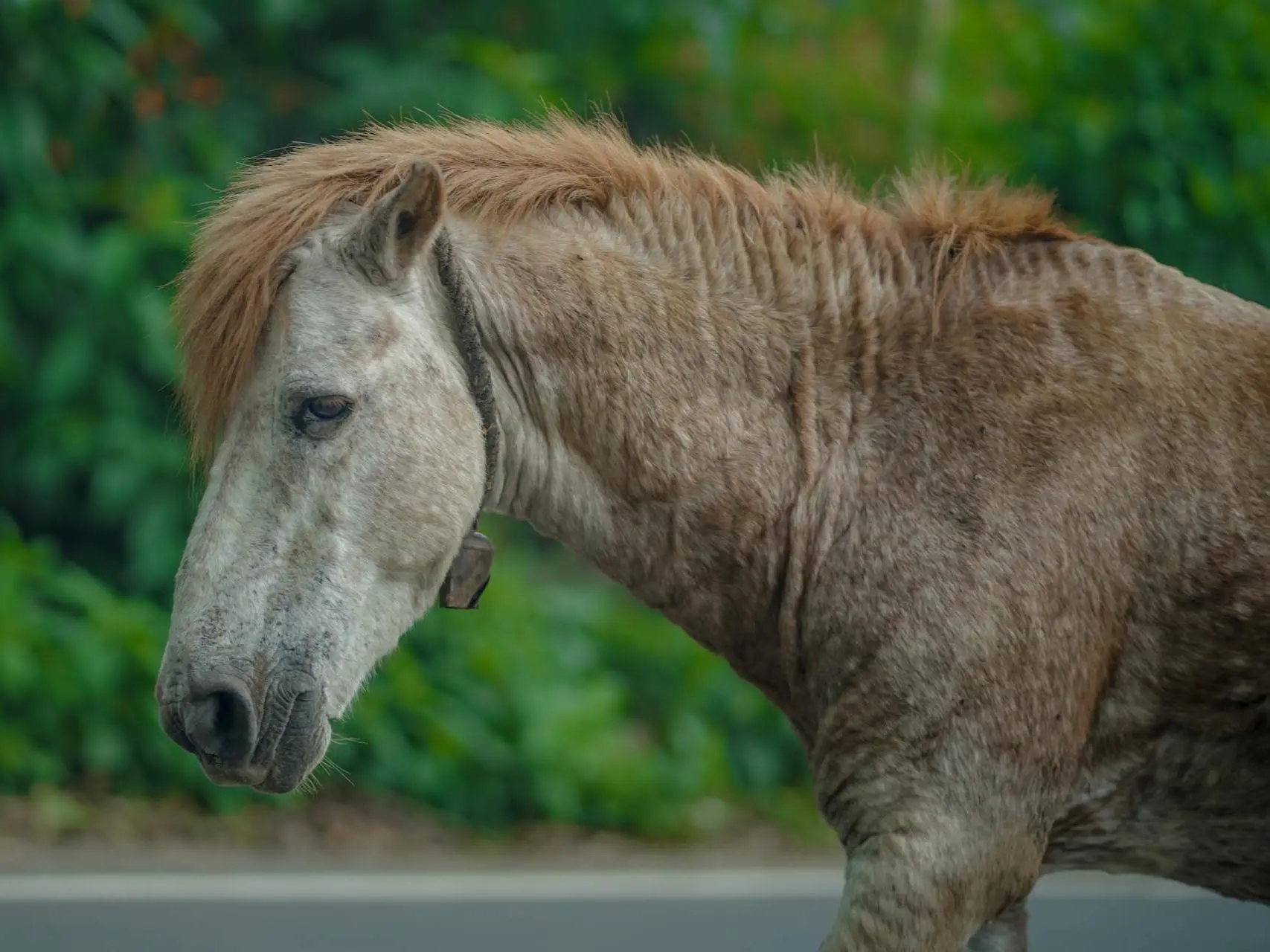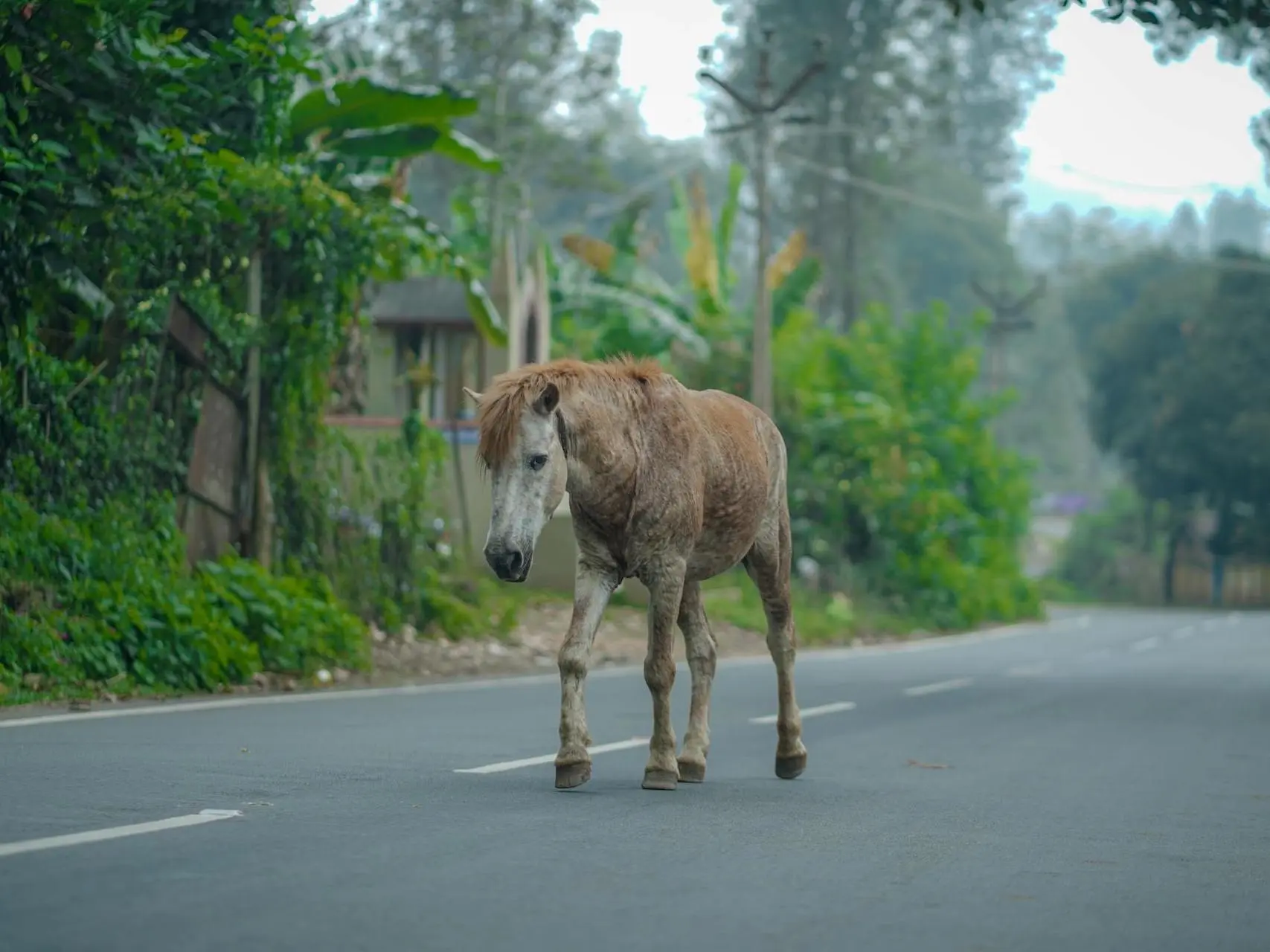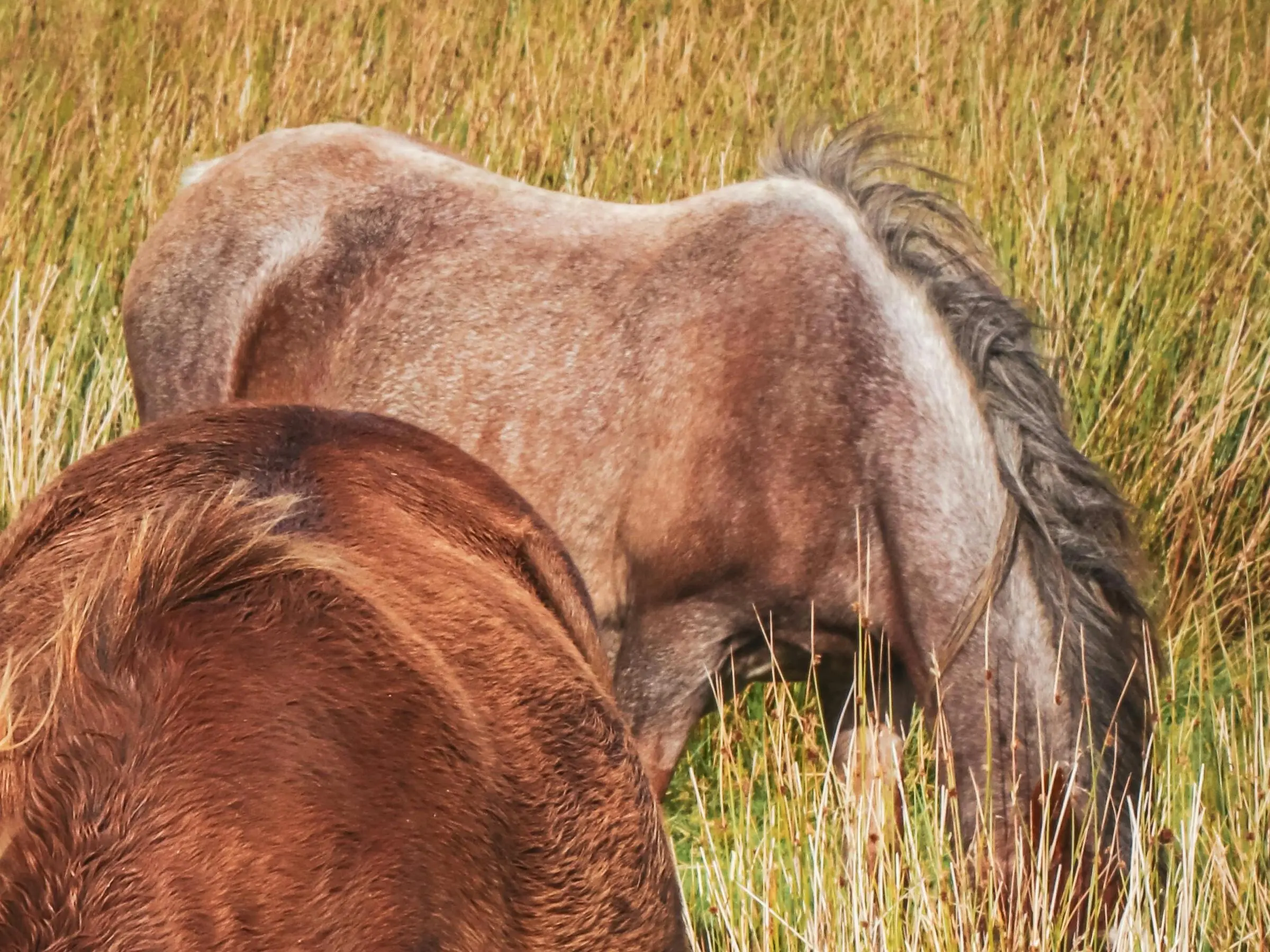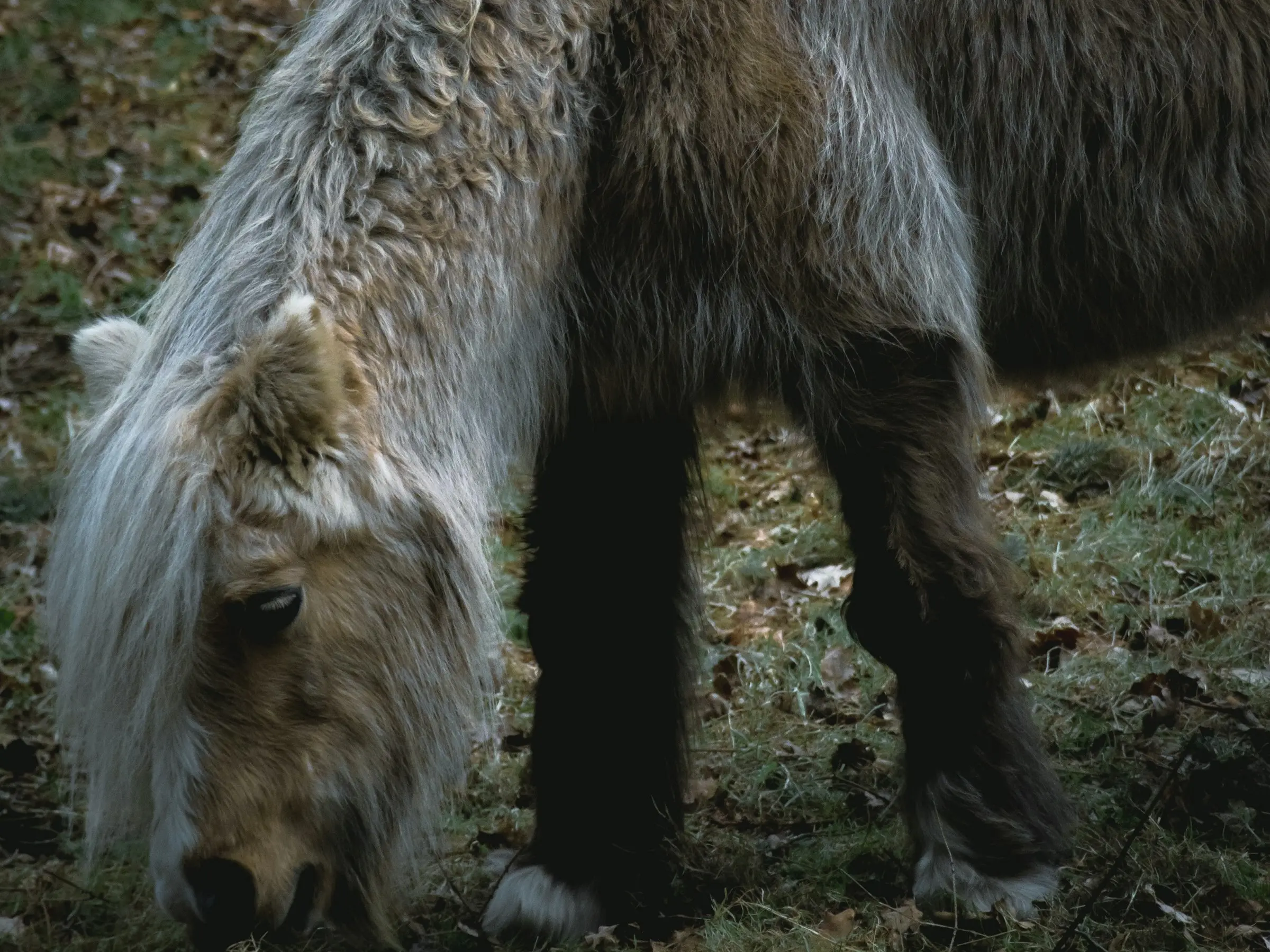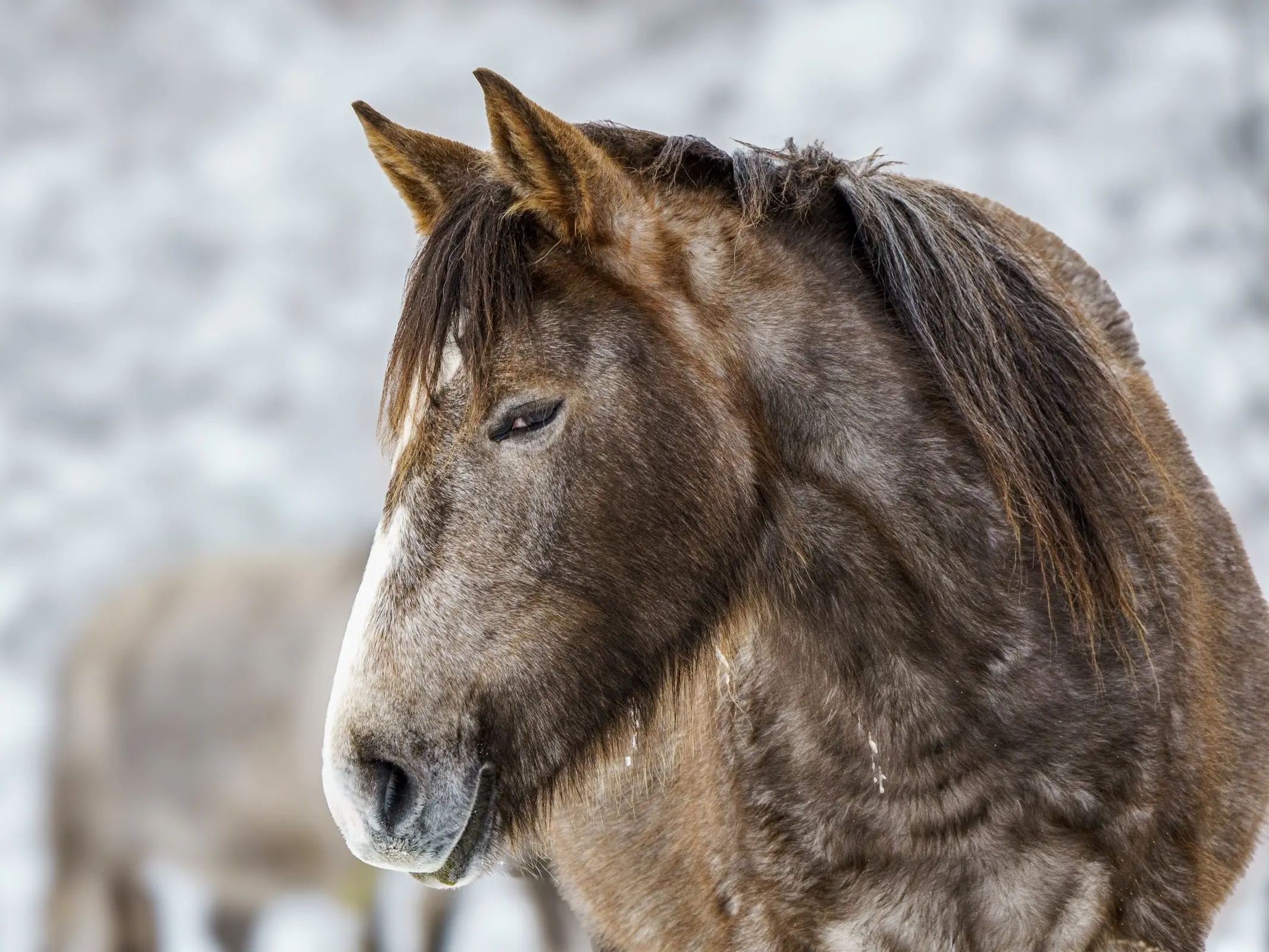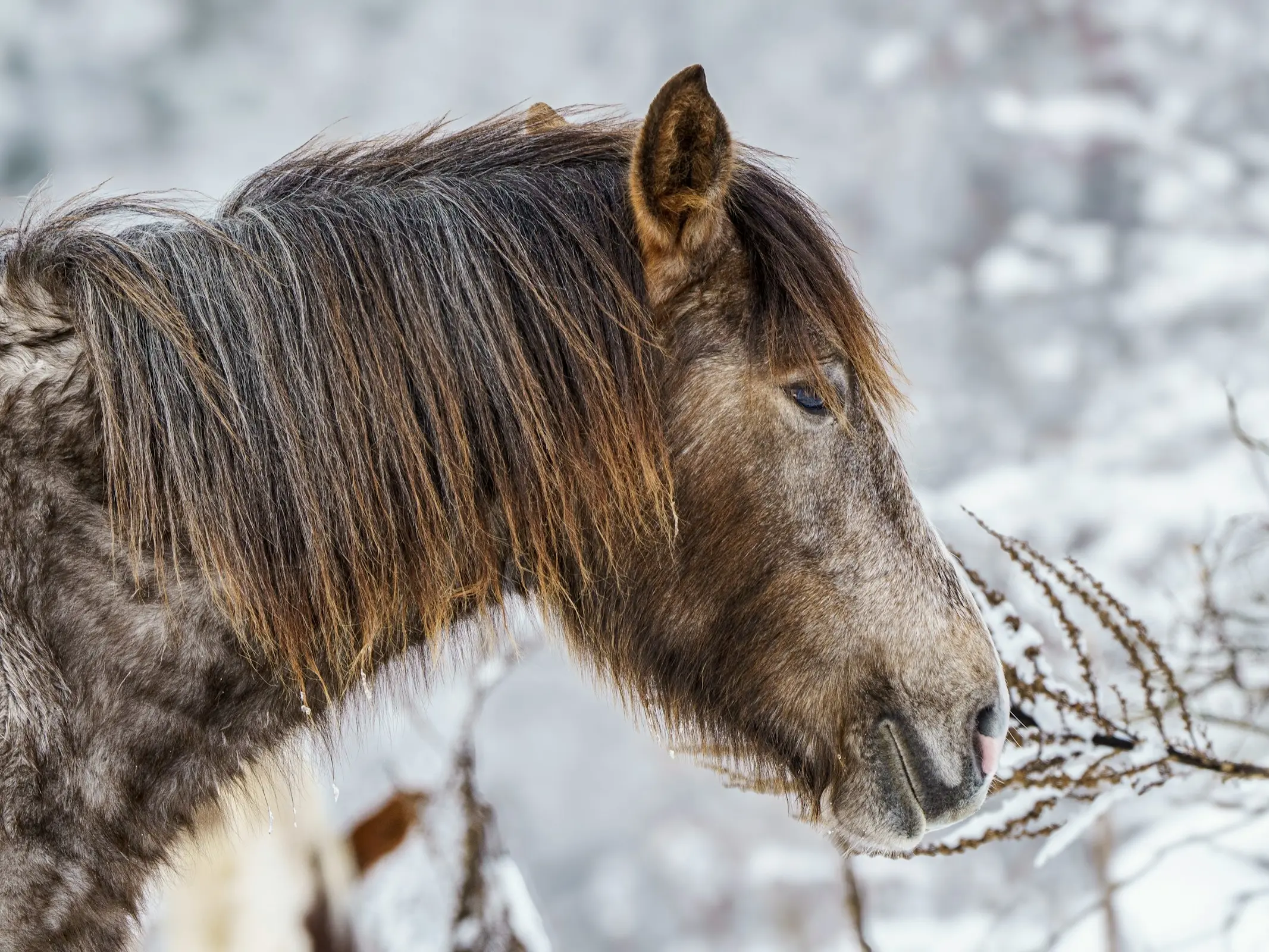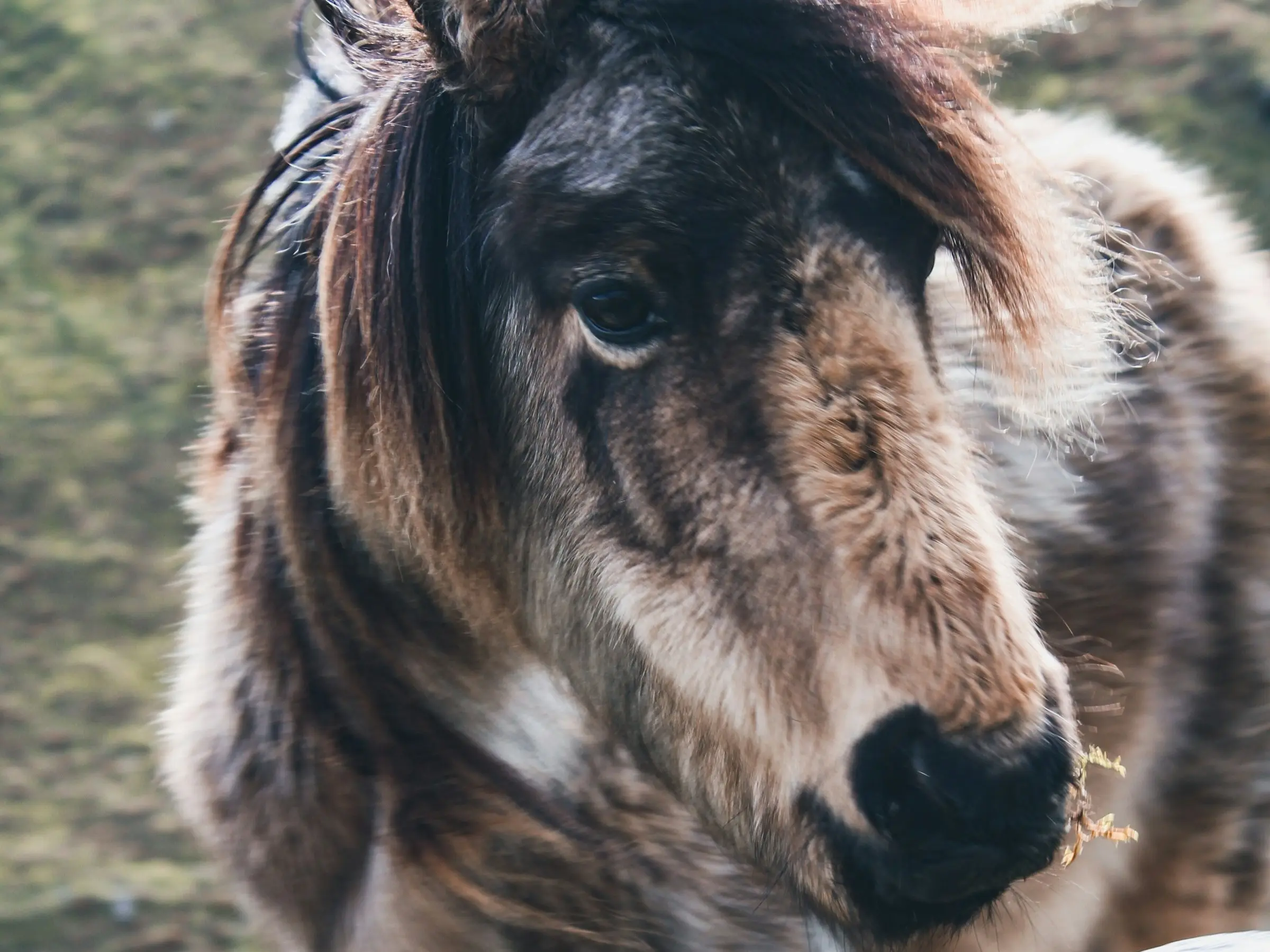While many of the rare markings and colors can be explained by current horse color genetics, they can’t always be visually identified (we try to be accurate with the images we use, but we make mistakes sometimes). The examples below don’t seem to fit anywhere and are a mystery to us. Until we figure them out, they will stay here where people can have a look. They are loosely lumped into two categories, colors and markings. We’ve added notes below each one with some guesses as to what they might be or things worth noticing.
Example Notes
Each image is linked to a larger version (in a new window) so you can click through and take a good look. Several of the animals have strange grey markings that look like mosaic (or maybe chimera, they are both hard to visually identify). Really they look like someone turned part of the images black and white, and some of them could be. We see this strange greying frequently enough to think they aren’t just camera/light/editing tricks and they may be a form of dominant white on wildtype bay (a disproportionate amount of them seem to be). Those pictured here don’t seem to have any characteristics that fit in with the white patterns.
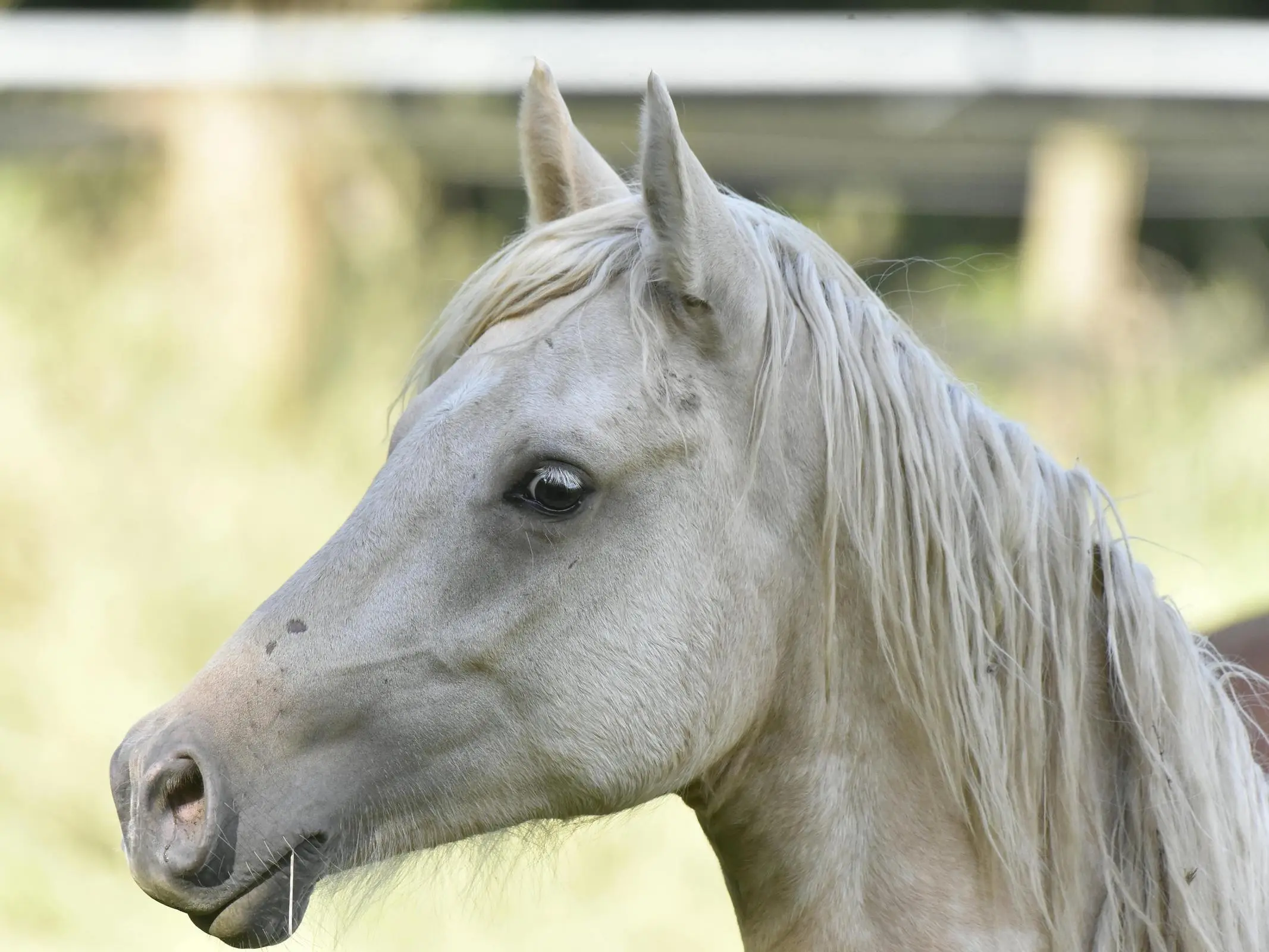
Diluted coat, white sclera, dark eyes and skin. Probably not cream, too much pigment to be grey, maybe appaloosa.
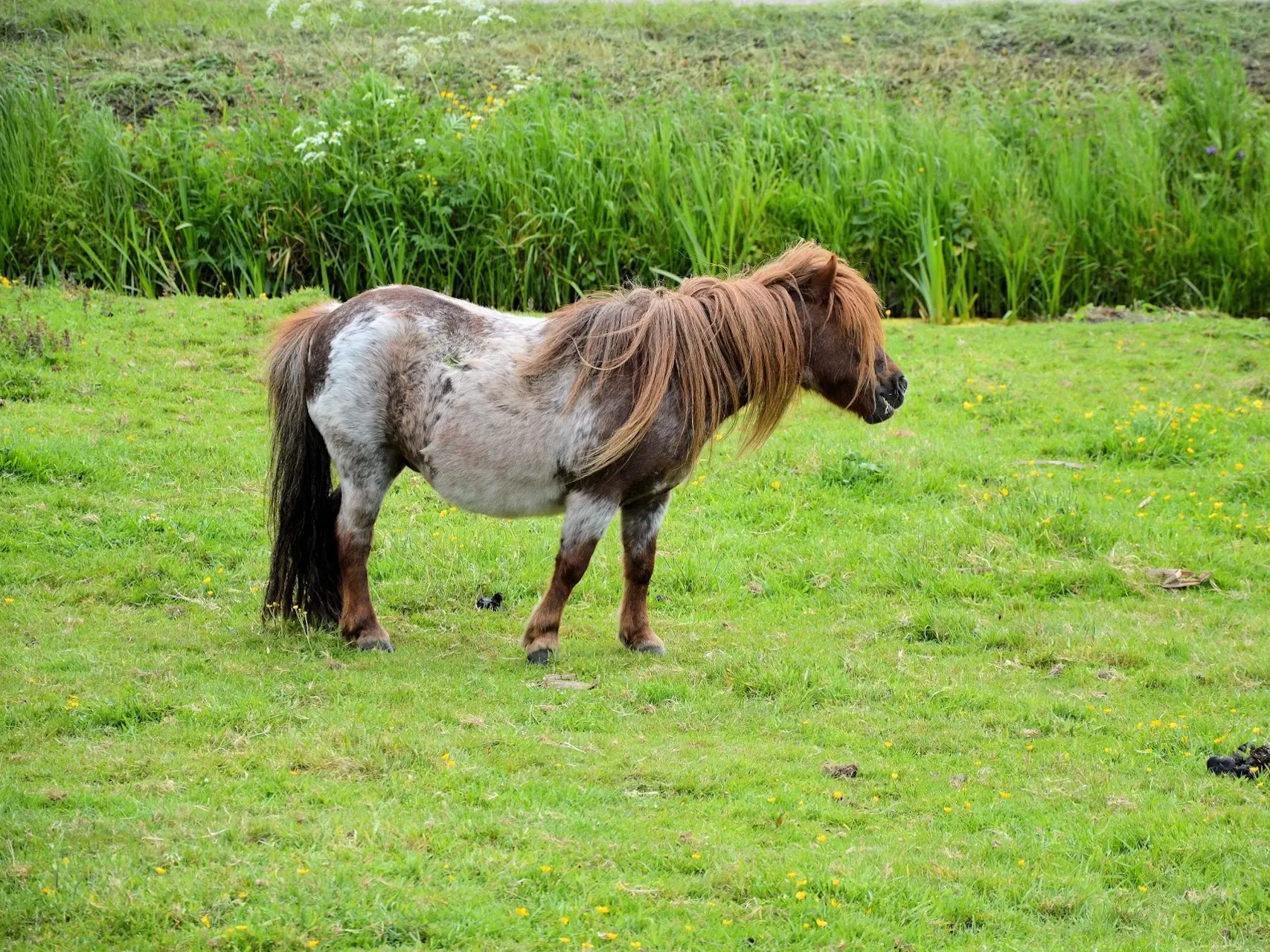
Chestnut with colored socks. Rabicano or appaloosa? Perhaps the winter coat version of the animals below.
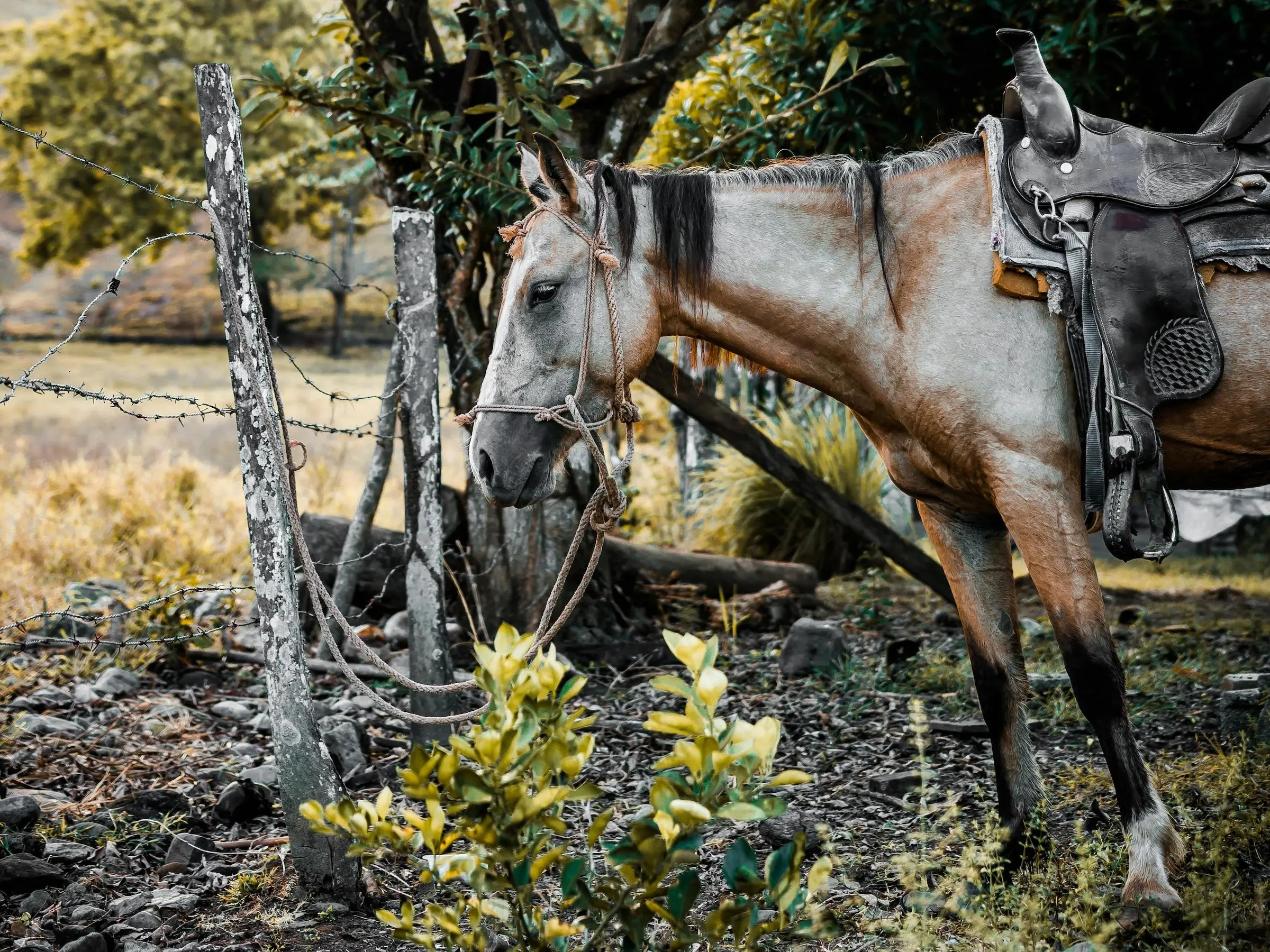
Our favorite mystery of them all, Photoshop? If so it was a lot of work. Dark ear markings, grey inside, brown out. Maybe wildtype bay as well.
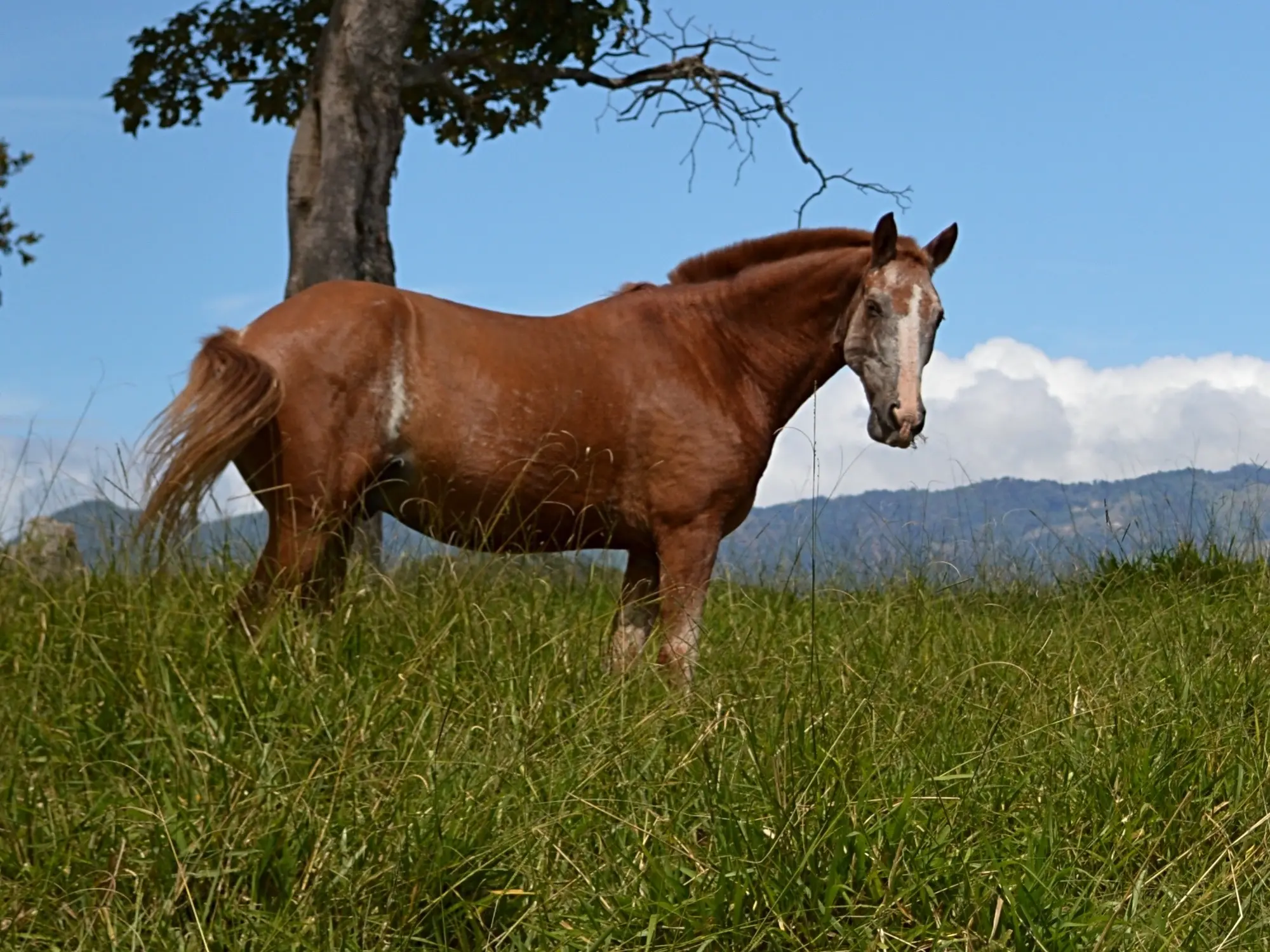
Chestnut with a de-pigmented face. White mark on the flank, but that looks actually white, the face doesn’t.
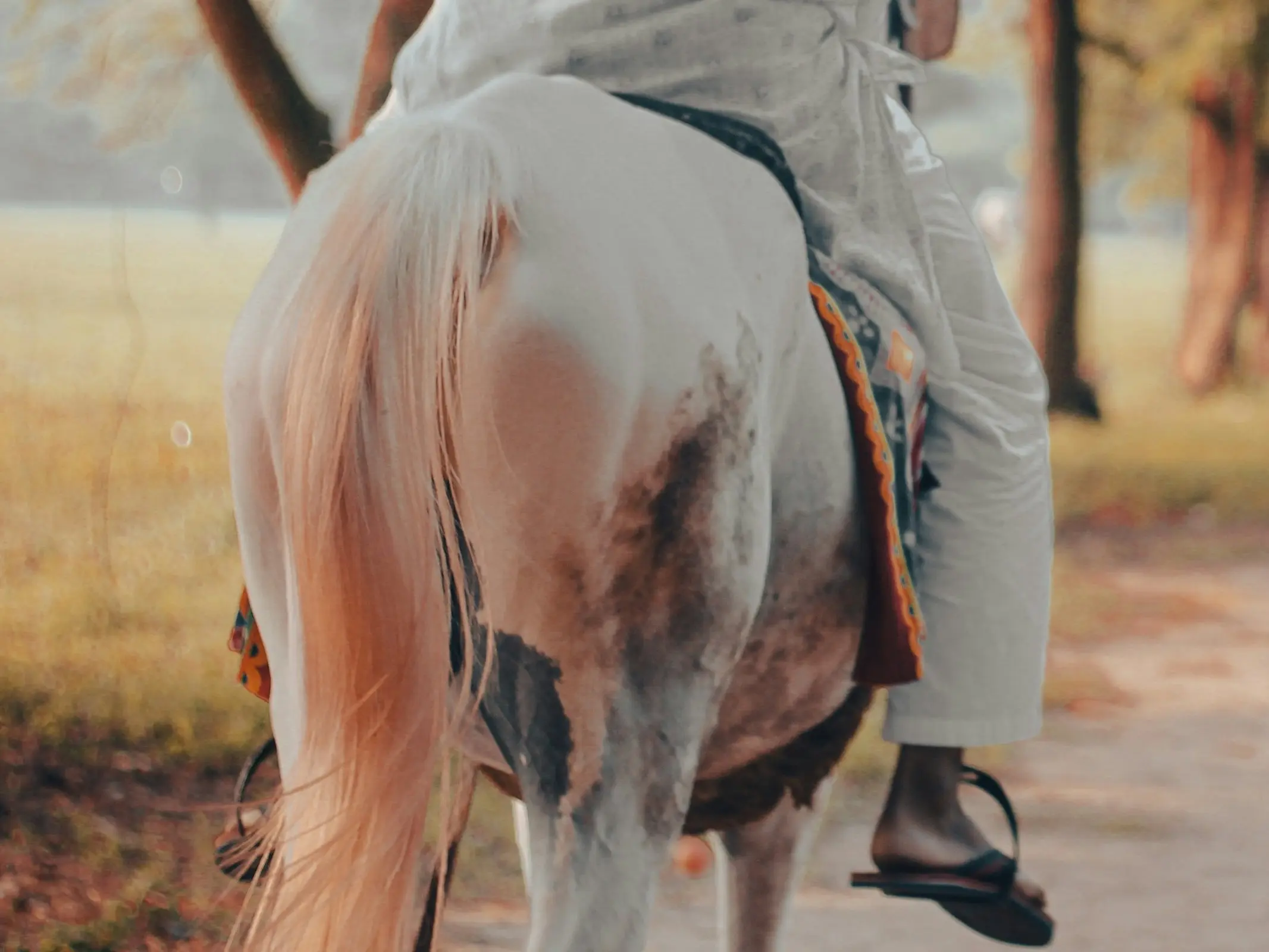
Birthmark, mosaic or appaloosa? Marwari animals are commonly dominant white with dark eyes, but usually skin is pink.
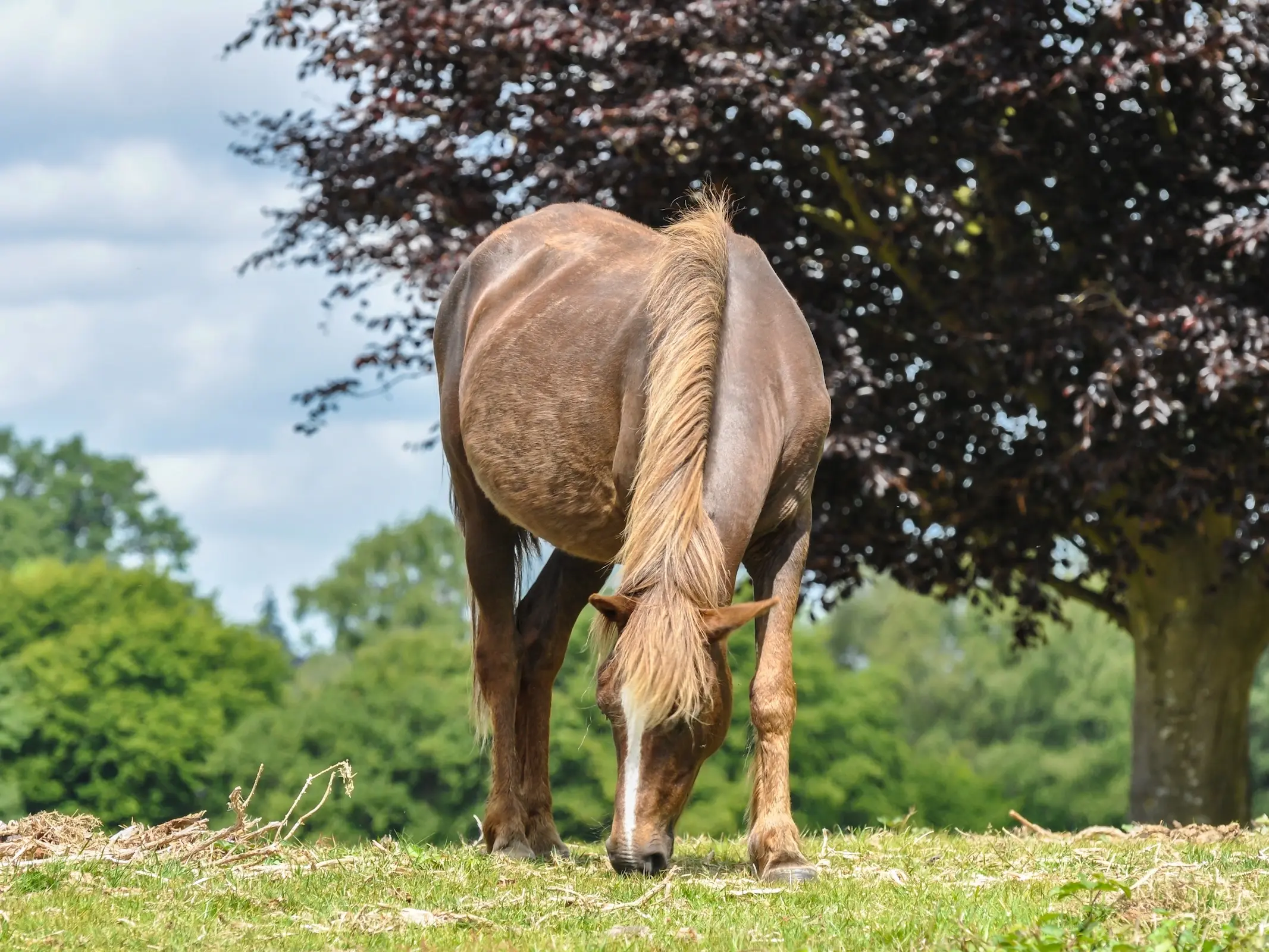
Another great mystery, probably a chestnut, but diluted by what? The color could be sepia, maybe mushroom?

Leopard complex white generally radiates from the hindquarters, with colored legs. Is this a Pintaloosa? Ears are dark inside.
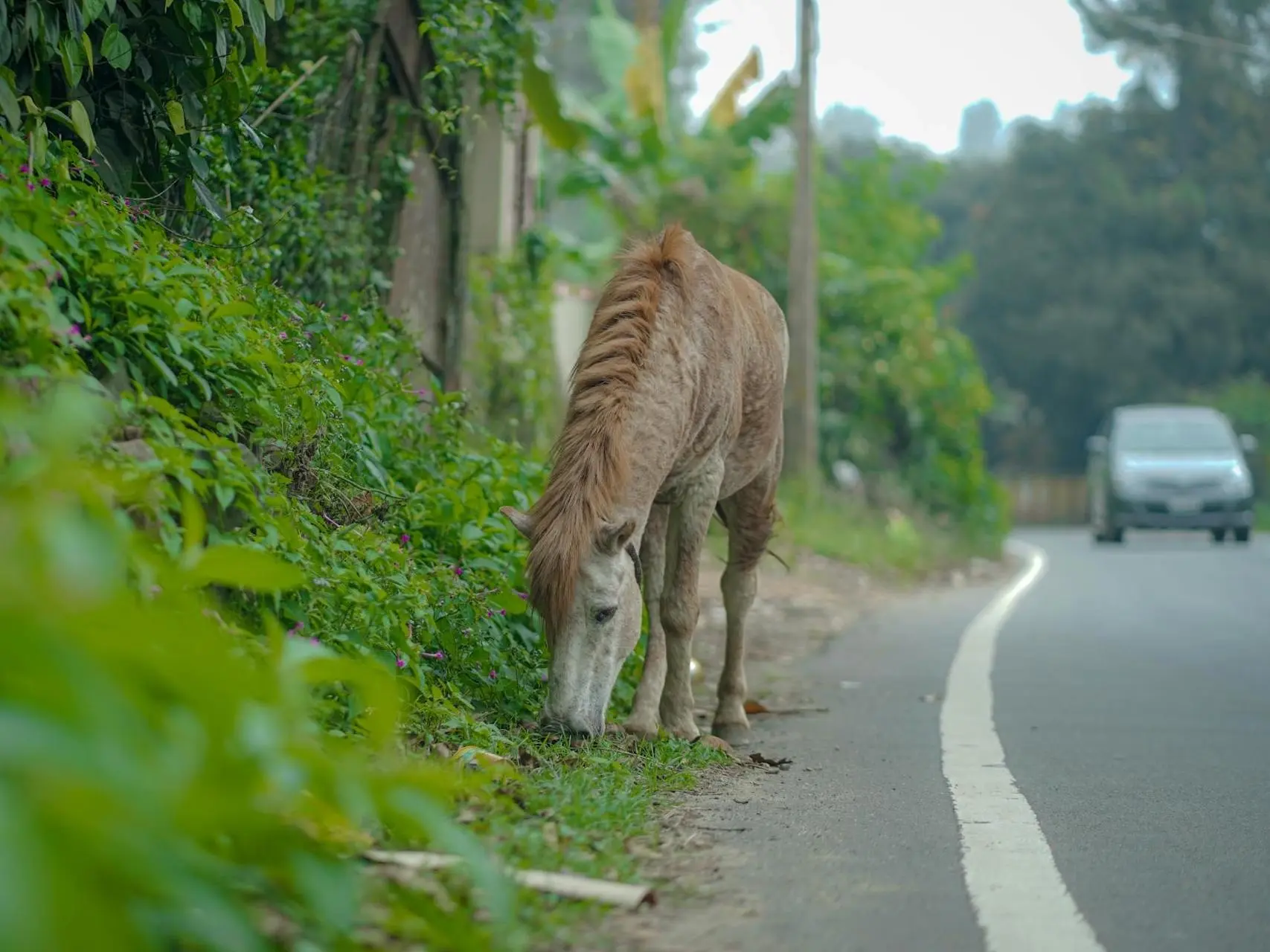
Just an old pony? Other than age we are unsure about this one. Dark skin and white sclera. Maybe appaloosa, but no skin mottling.
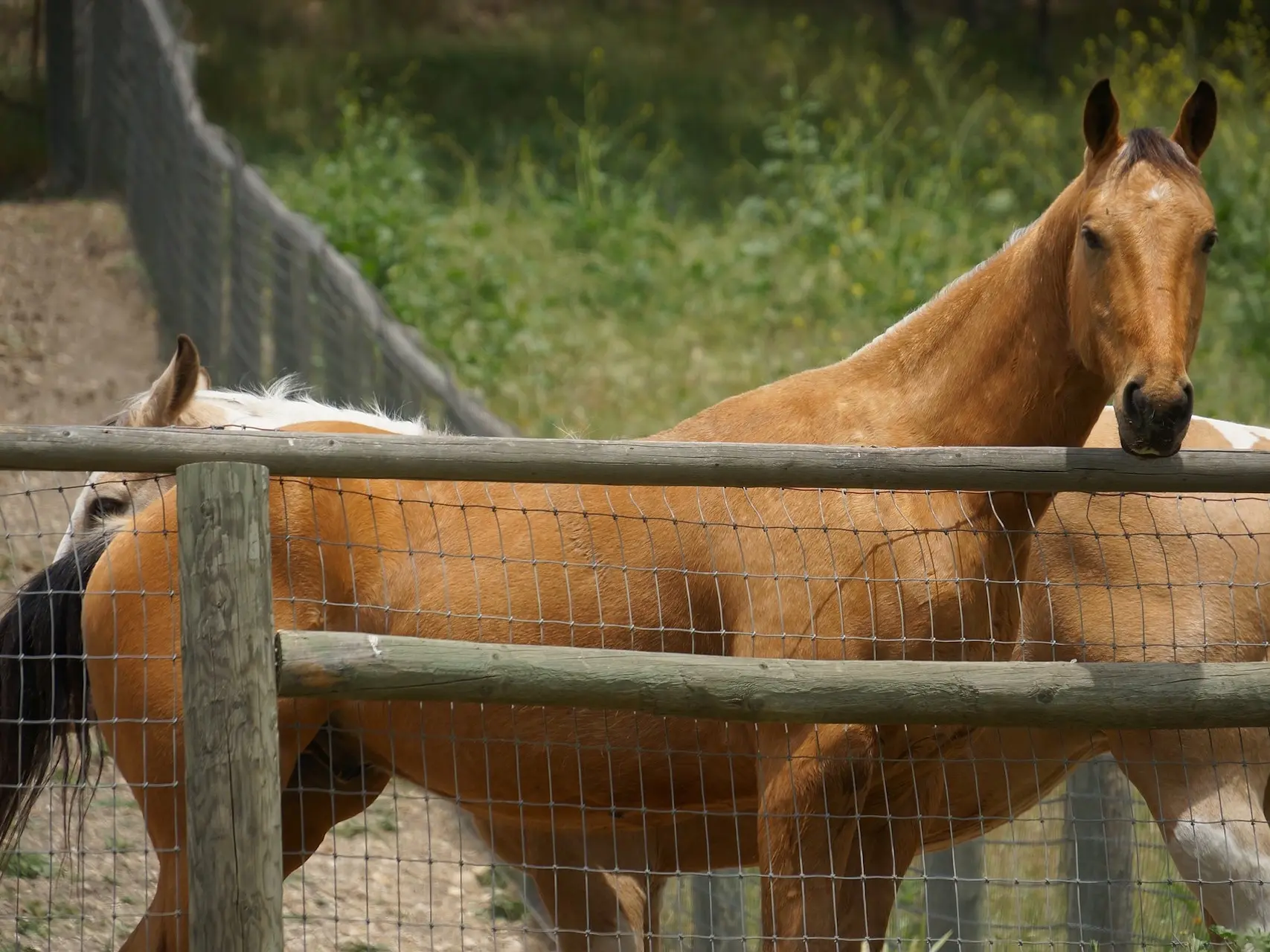
Buckskin with white hairs in mane and tail, not mealy. Buckskin is a bay base, perhaps Gulustra’s plume?
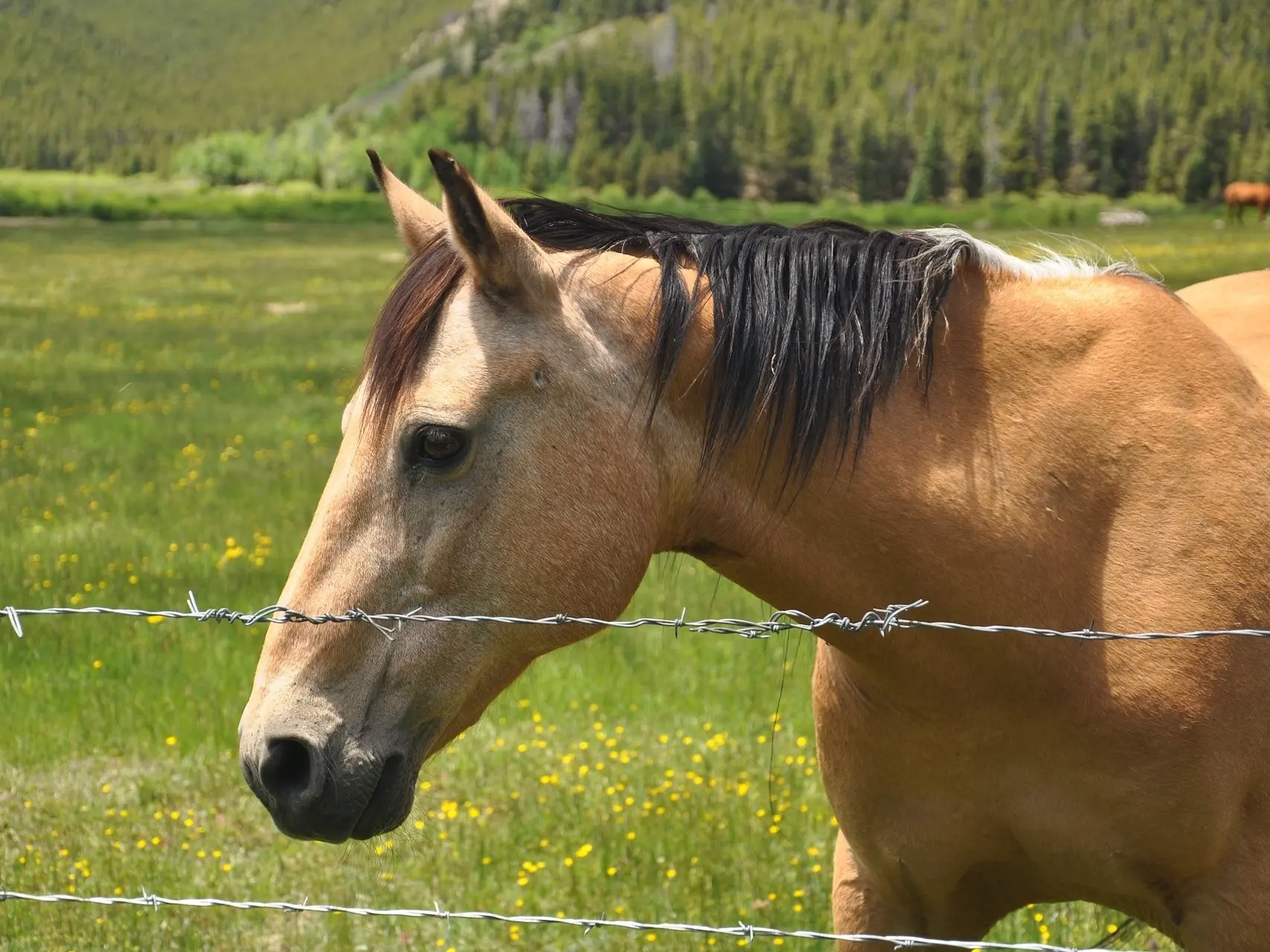
Another buckskin with white mane stripe, this one has roaning on the face, Gulustra’s plume or a white pattern?
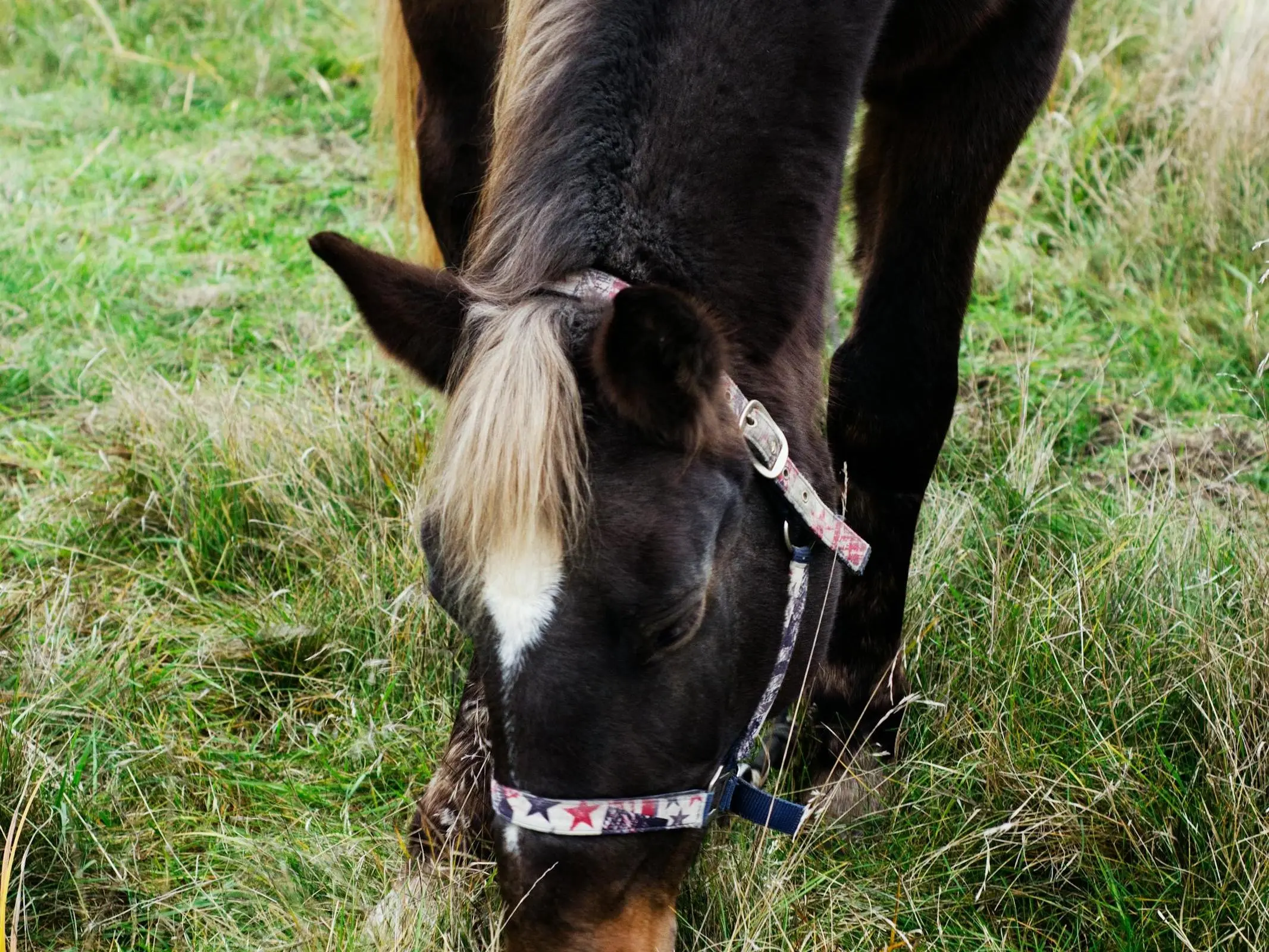
This seal brown has a flaxen mane and tail, but dark, undiluted coat and legs look black. Maybe silver, but the color is quite warm for silver.
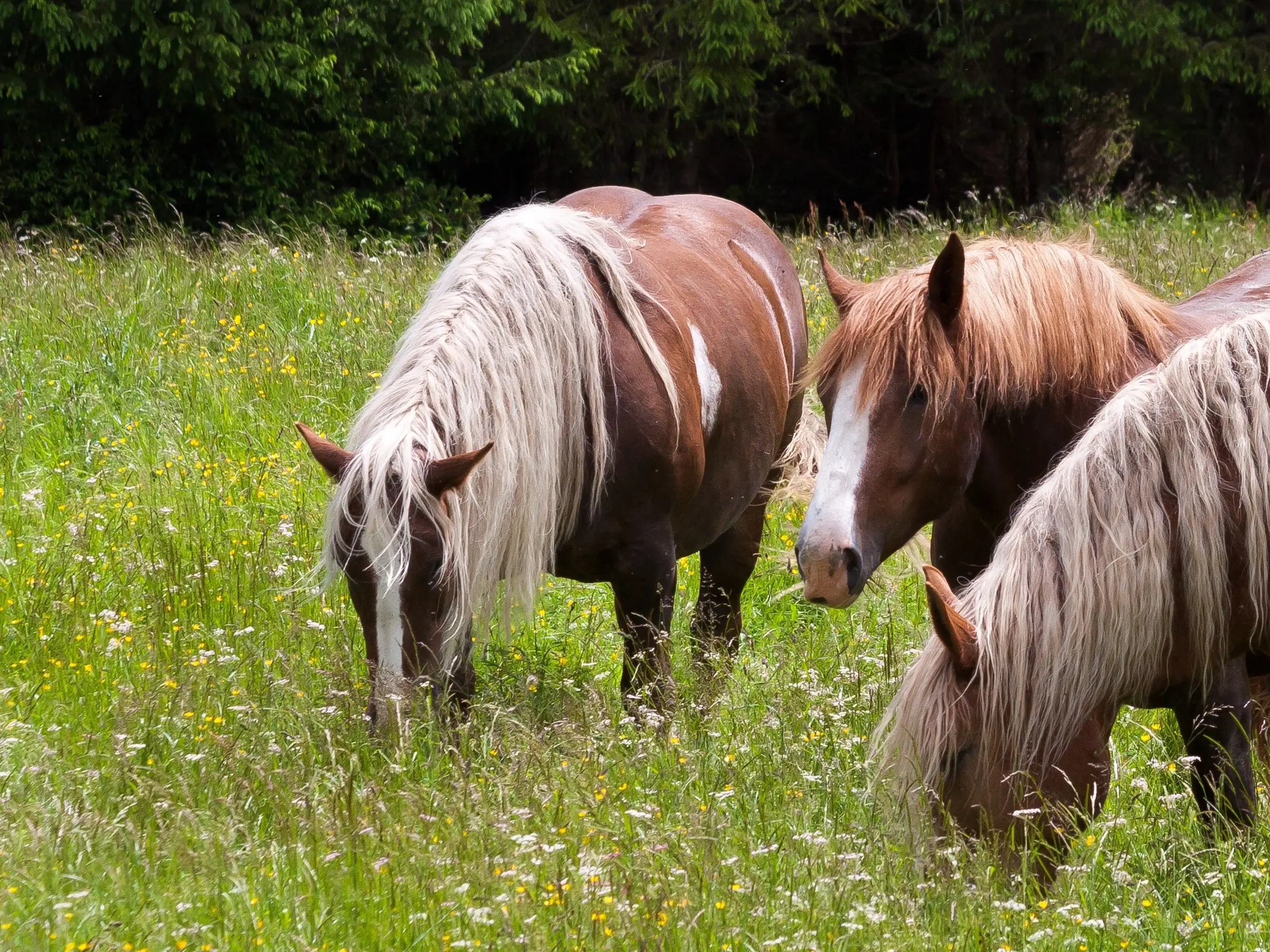
These look like Black Forest Horses (which are usually flaxen). We couldn’t find any with pinto patterns, but that looks like an overo patch on the belly. The mane is almost white.
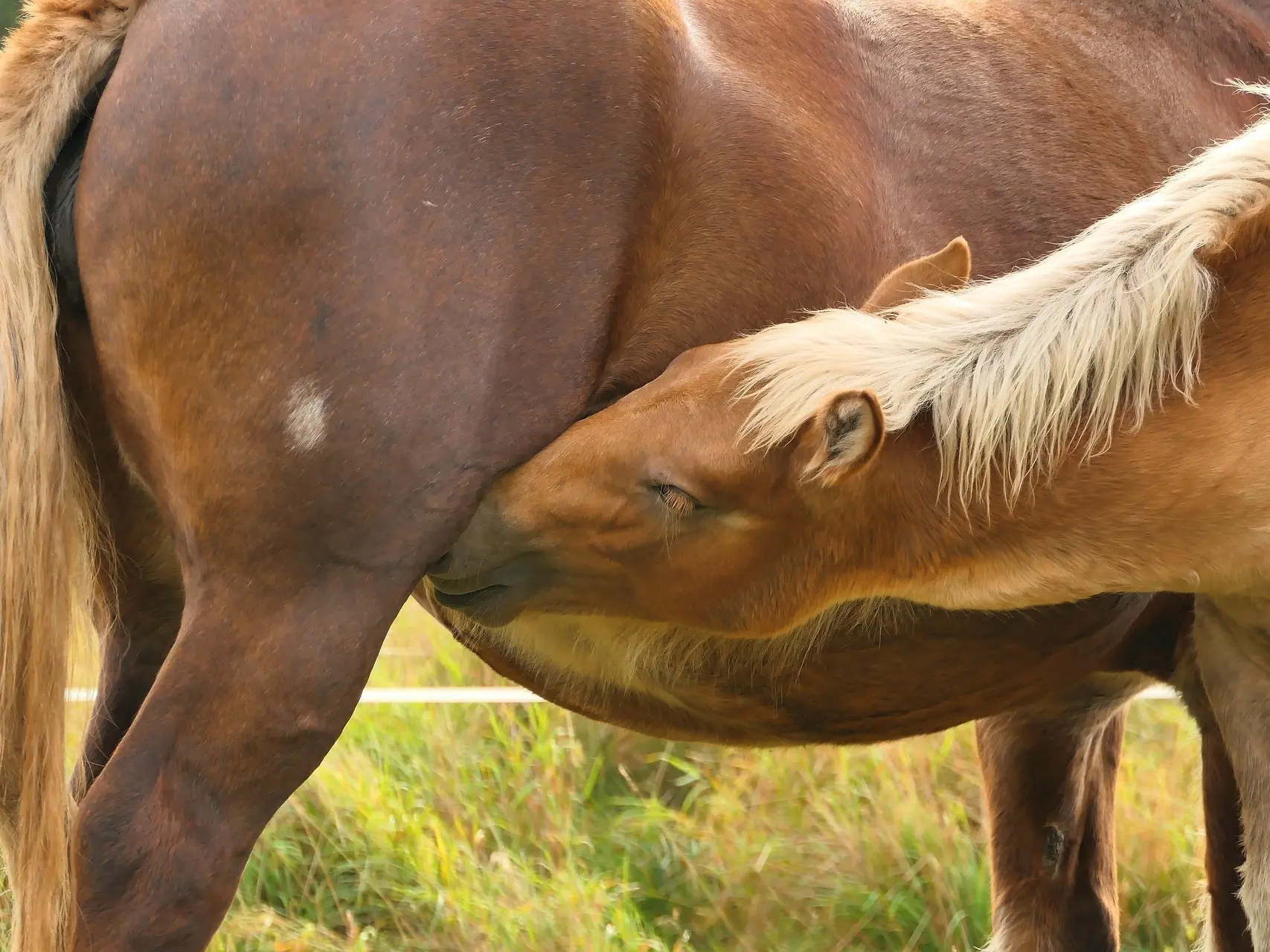
Blonde spot could be from flaxen or injury. It’s too big and pigmented to be birdcatcher and too light to be bend or (but we wouldn’t be surprised to see one).
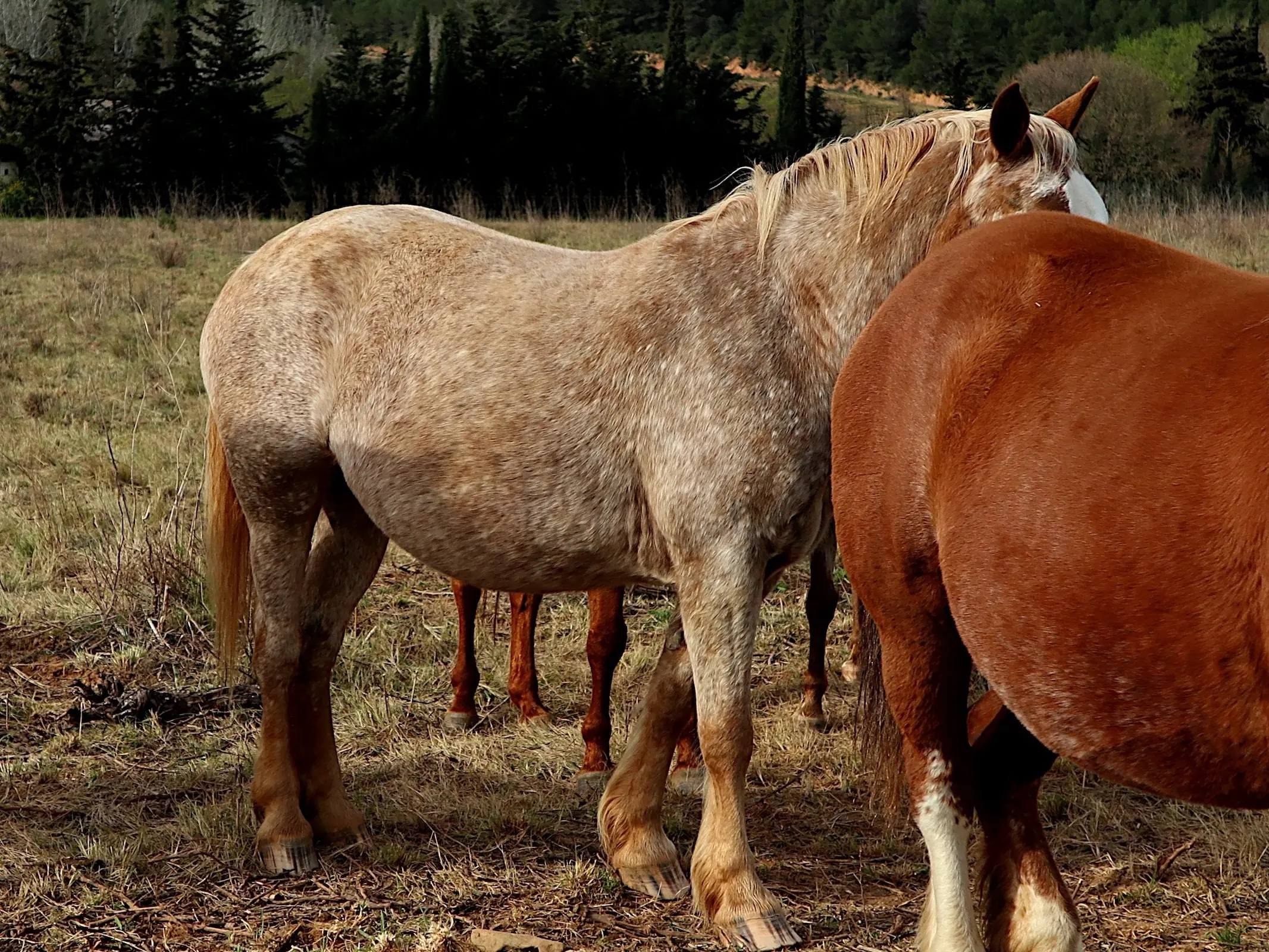
We think appaloosa, with its colored socks, but there is something else there. Almost looks like birdcatcher, or maybe de-pigmentation.
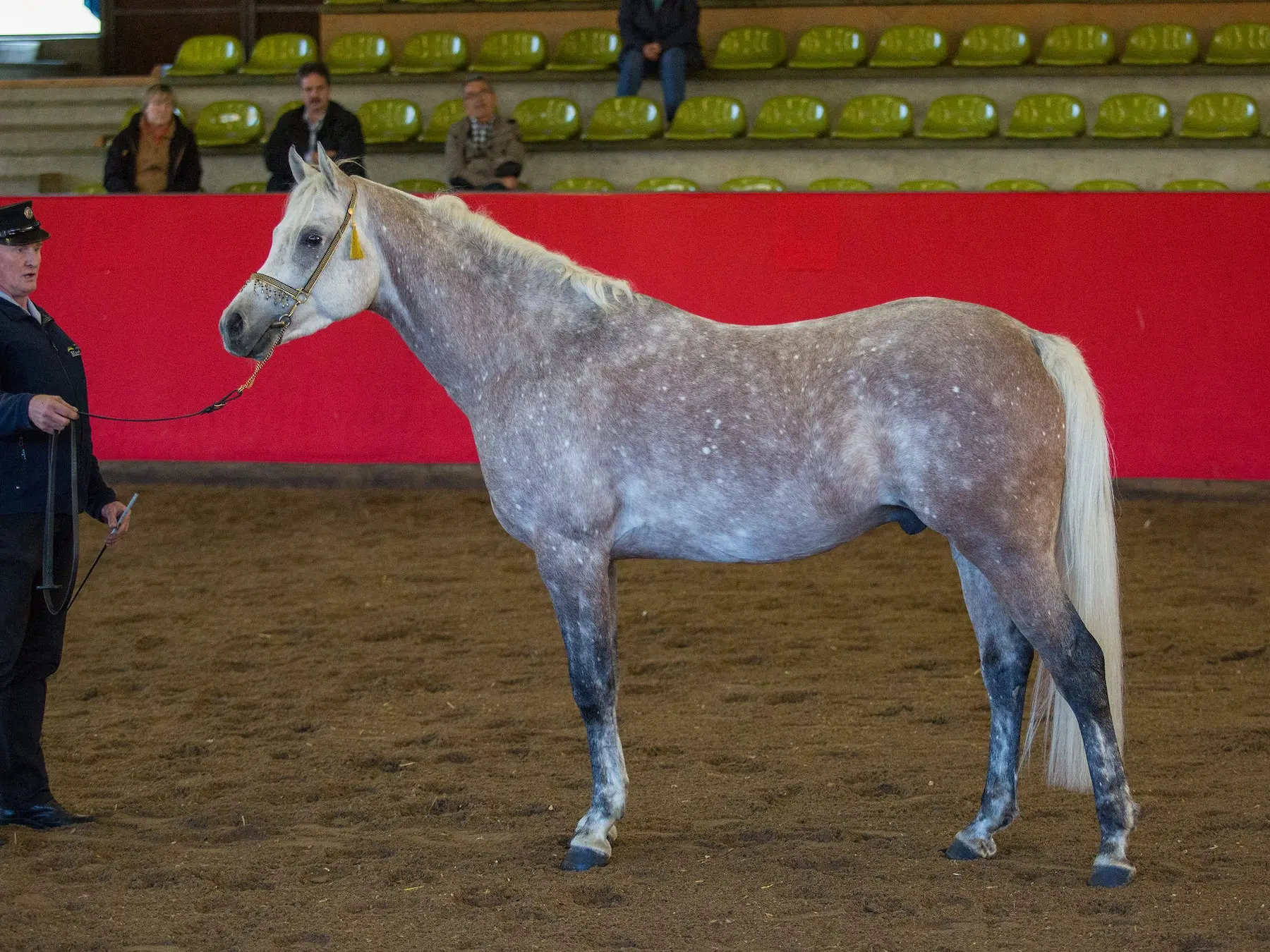
This is similar, but on a grey animal. Birdcatchers and grey de-pigmentation are both found in Arabians. Is that mottled skin around the eye?
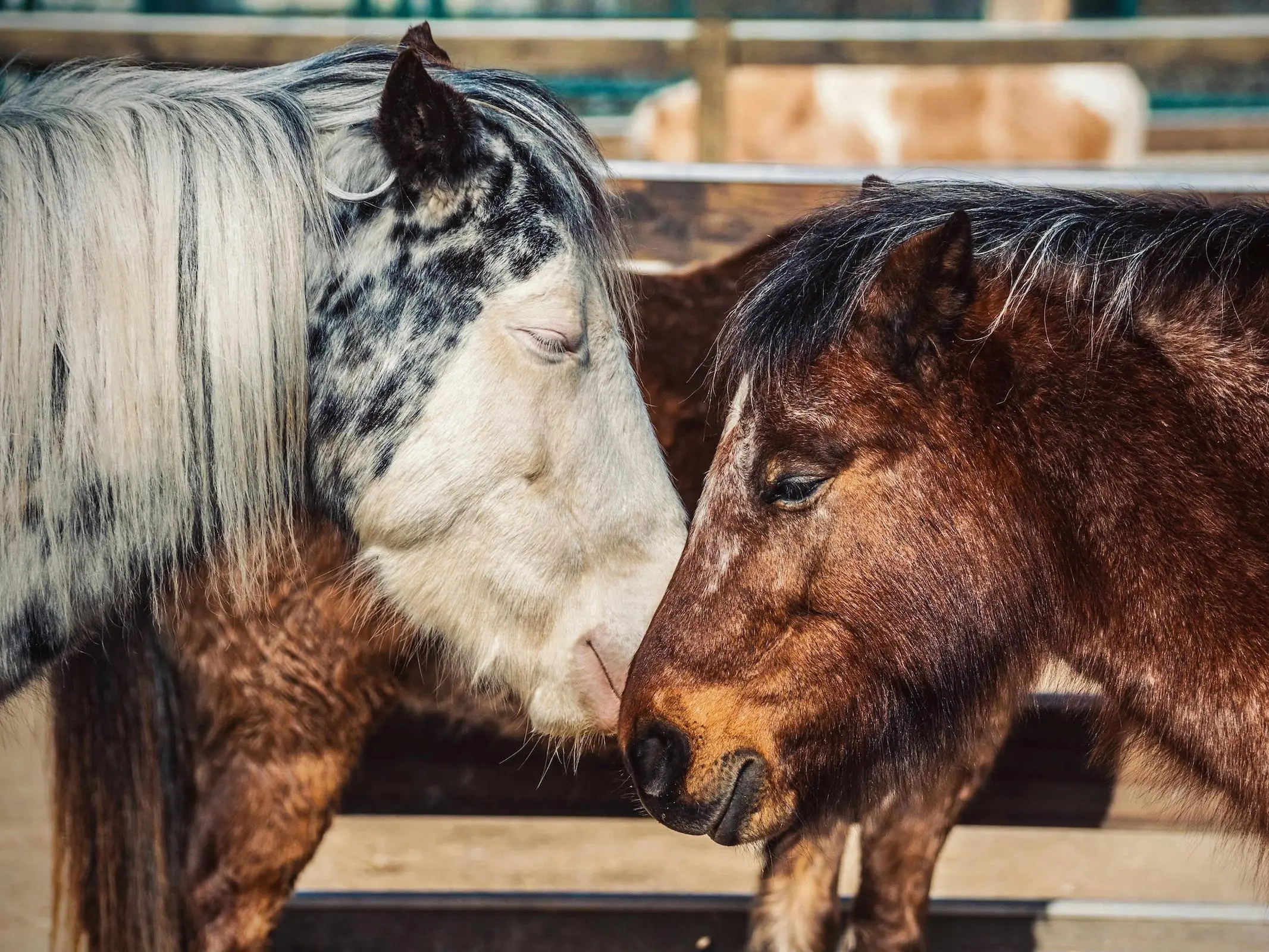
Maybe saved the best for last. Obviously a pinto pattern at work on a black base and those spots! Pink skin with no mottling, so if leopard is present, the white face marking must override it. We would give almost anything for an image of the whole animal.
